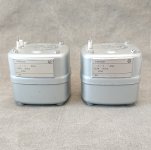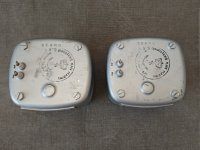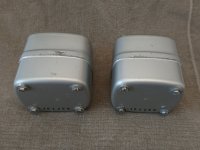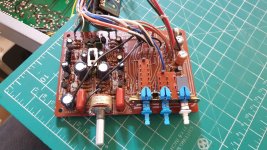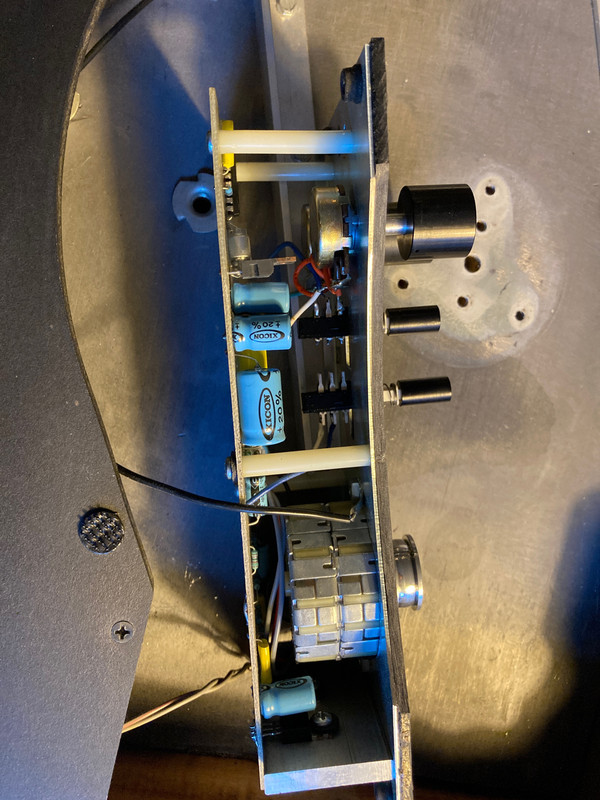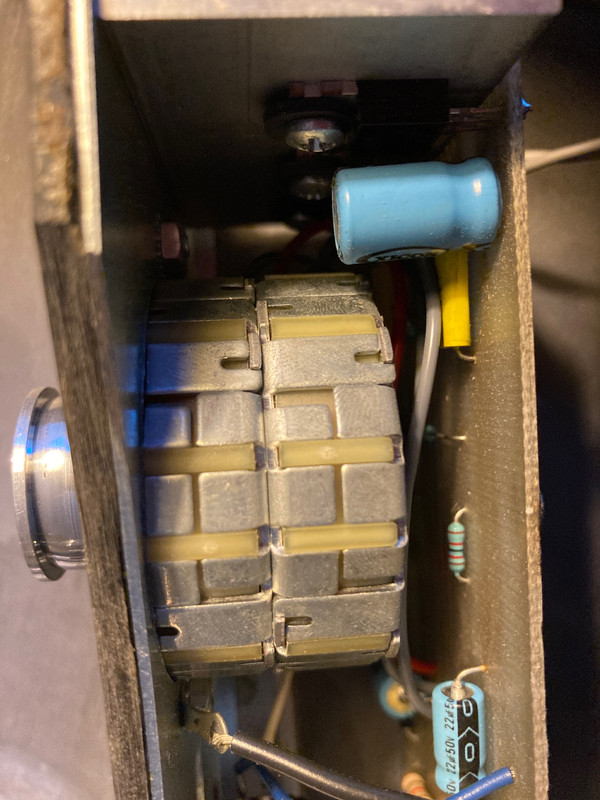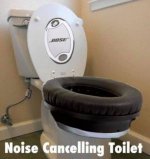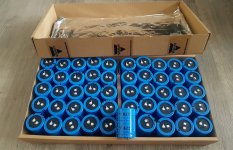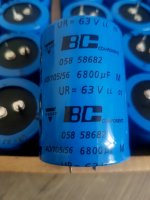Over the last 50 years I have been building a number of speakers (
Elsinore as the last one) as well as totally renovating lots of speakers (lastly Rauna Leira and Rauna Chorus/Vale). Now i have decided to build a Mass loaded Transmission Line speaker (TMLTL) from scratch, which is kind of new to me.
The decision on the below setup is based on a number of reasons such as sound stage, previous experiences, cost vs performance, physical appearance etc.
If anyone would like to join in the process you are more than welcome.
The basic cabinet calculations is done by the award winning (and very humble) Transmission line expert (which he refuses to call himself)
Paul Kittinger (google him) in Martin J Kings software MathCad. That software is unfortunately not available anymore due to misuse by comercial users. The work has then continued in Hornresp, which is a great software, with almost the same result. The filling calculations are based on somewhat slightly different methods in the two softwares which create the slight differencies in outcome. The results has been explored back and forth and ended up with minor changes but pretty much the same as from the beginning with Paul and MathCad.
For midbass a number of Seas, SB Accoustic and ScanSpeak drivers has been up for discussion, exploration and design ending up with the by many highly appreciated SS D8531G00. The SB Accoustic SB17NRX2 (or MFC) will do as a budget alternative with minor changes to the design (according to simulations both in MathCad and Hornresp).
For the tweeter there could be a number of alternatives, up to high cost super tweeters. Although bot in comersial speakers as well as in the DIY world the mid price section seem to offer a number of very good alternatives from Seas, SB Accoustic, Peerless and ScanSpeak. Following the diyaudio Elsinore project for many years including the comparison of different tweeters there, I ended up with the SS D2608/91300 together with a waveguide as a starting point. This also very much from building one pair of Elsinores, helping a friend with one pair, and still having some pairs of wave guides in the basement. Hopefully it´s also where it will end up. The Elsinore is a 2,5 way speaker with a higher XO point to the tweeter. But hopefully the tweeter/WG combination will work with the lower X/O point in this design.
The basics looks like this:
- Mass loaded, Transmission Line (MLTL)
- Coupling chamber at the throat of the line(Inspiration Rauna Leira)
- Fairly simple 6/12 dB cross over (Xmachina + Xsim, Vituixcad)
- X/O point somewhere 2,3-2,8 kHz,
- Fairly standard/cheap components in the X/O (maybe except for one JA Superior Z-cap, the red one)
- 2 way with 2 drivers
- Tweeter SS
D2608/91300
-
Waveguide for the tweeter (from the Elsinore project here at Diyaudio)
- Midwoofer SS
18W/8531G00
- About 100 cm/40" in height, as narrow as possible
- Bass -3dB at about 32Hz Hz and -6dB at 28-29 Hz
- Partly tilted baffle
- Two versions - Four (std type of box) or six sided cabinet (inspiration Rauna Vale / Opus3 Chorus)
- MDF furniture quality, 25mm for the cabinet, 19 mm for the internal divider
- Cross over placed at the lower back of the cabinet for easy adjustments
- .......
The cross over will be based on actual measures with the drivers mounted in the cabinet. The measures will be done at different speaker positions (0,5 to 4 piradians). The software for the cross over will be explored with a number of supporting people, and softwares such Xmachina, Xsim and/or Vituixcad, REW and/or Arta etc.
Project started autumn 2020 and will continue slowly forward. Inspiration, comments, contributions etc are very welcome.

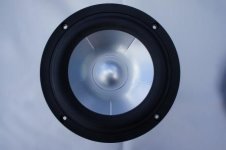
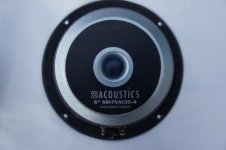
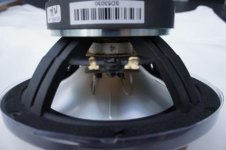
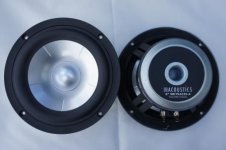

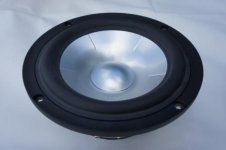
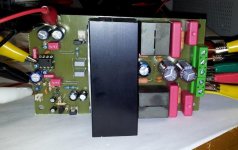
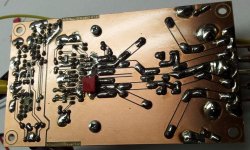
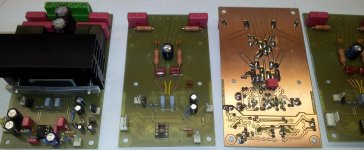
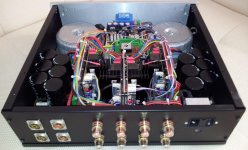
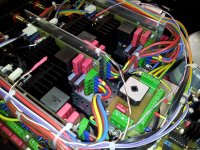
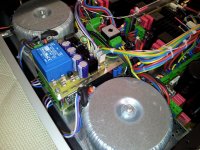
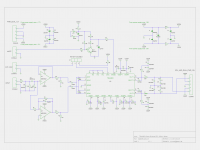
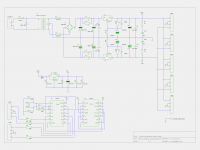
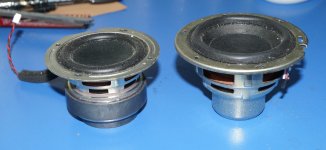
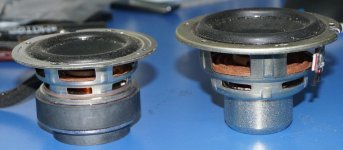
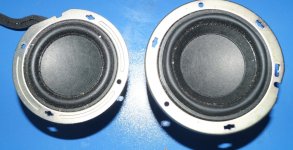
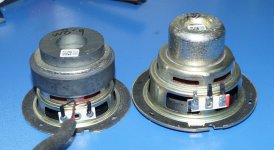
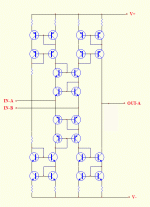
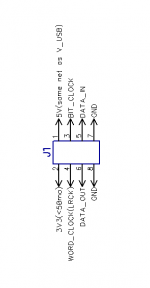

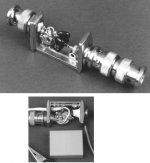
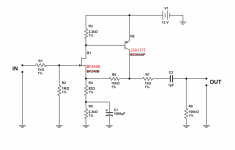
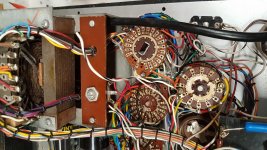

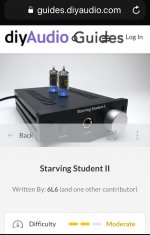
 -->
-->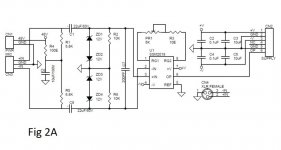
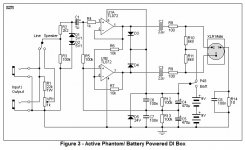
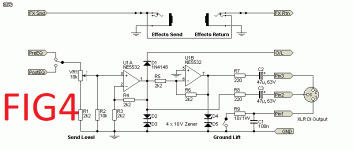

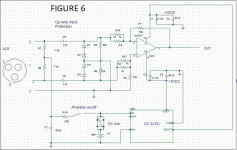
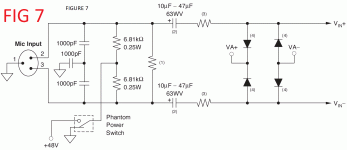
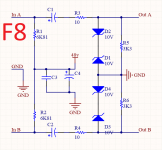
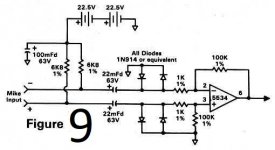
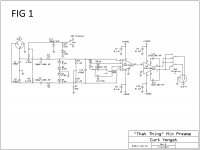
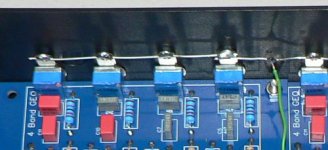
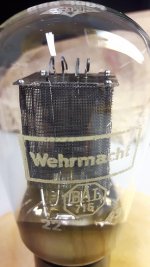

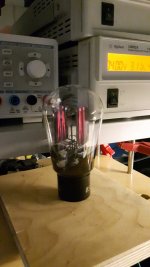
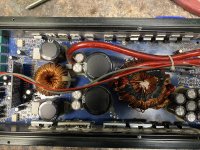
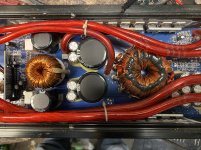
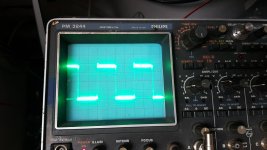
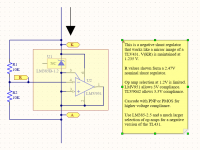
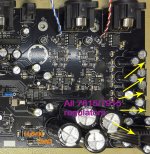
 Attachment removed by moderation as requested by OP
Attachment removed by moderation as requested by OP
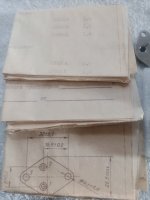
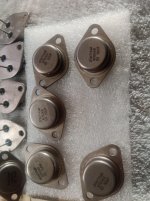

 . I meant it straight from here
. I meant it straight from here 


